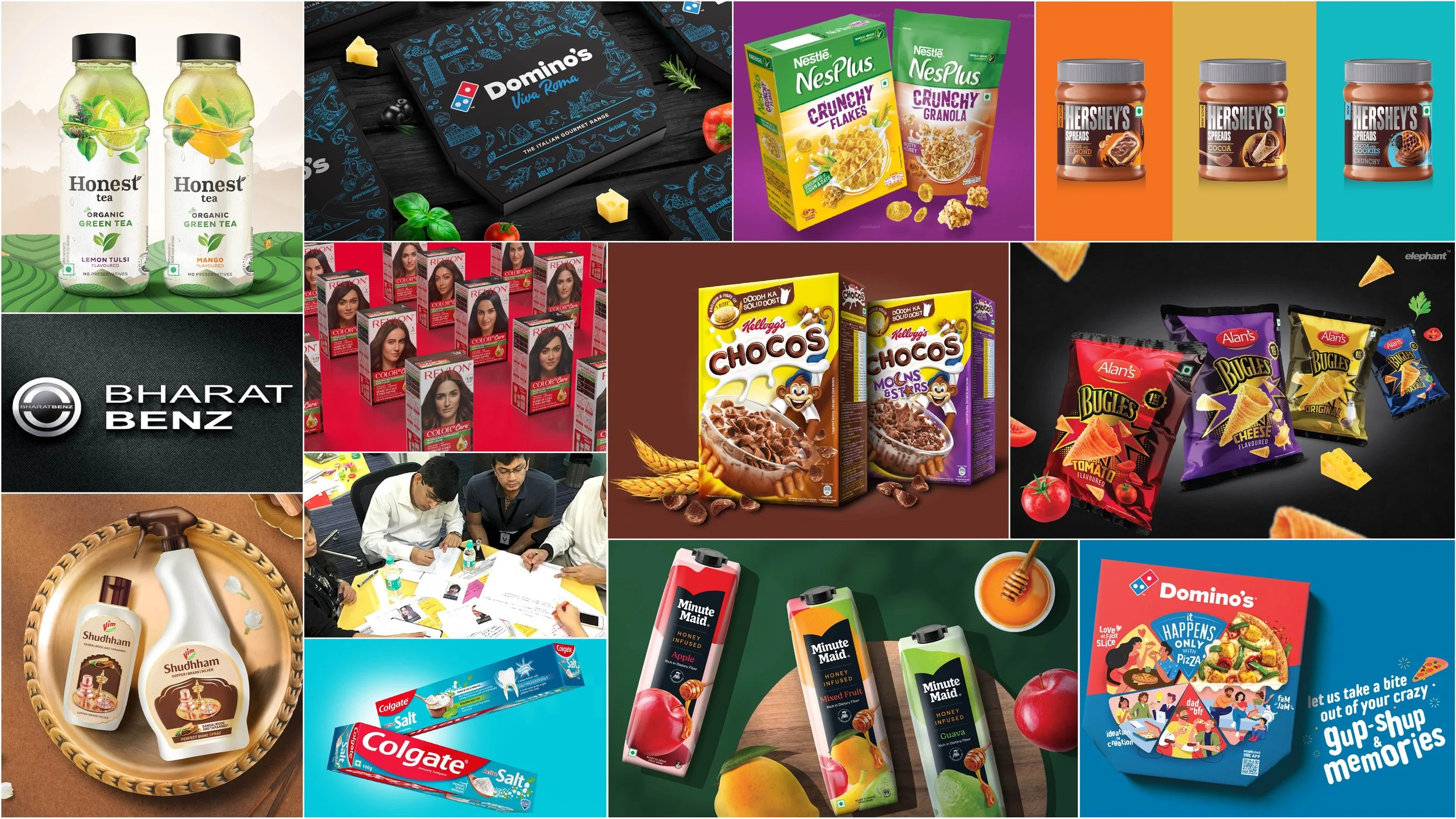India, with its burgeoning middle class and insatiable appetite for new experiences, has become a treasure trove for global brands. The sheer size and projected growth of its consumer base make it a market no company can afford to ignore. For those already here, amplifying their presence is the name of the game, while the others desperately seek a winning entry point.
But conquering the Indian market is no cakewalk. Brands that dip their toes into "localization" by adding a few Hindi phrases or swapping their mascot for a sari-clad one often flounder. The Indian consumer, while increasingly global in outlook, is deeply rooted in their diverse cultures and evolving aspirations. A surface-level understanding simply won't cut it.
This is where the three levels of localization come into play. Level one, the basic translation and adaptation, is just the tip of the iceberg. Level two delves deeper, understanding and adapting communication based on the nuances of local humour, social norms, and cultural sensitivities. But even this isn't enough. Imagine India as a vibrant tapestry, woven with countless languages, traditions, and aspirations. A single "Indian" identity doesn't exist. This is where level three shines.
Level three localization involves brand transformation. Companies create sub-brands or even entirely new brands tailored specifically for the Indian market. These brands resonate with local desires and aspirations, speaking their language, understanding their humour, and reflecting their values. Think Liril, a soap brand born in India, or Horlicks, reinvented with Bollywood stars and cricket endorsements. These brands aren't mere adaptations; they're desi at their core.
And what better guide to navigate this intricate landscape than Elephant Design? Our journey mirrors India's own rise to prominence. We've grown alongside the nation, our roots firmly planted in Indian soil, our branches reaching towards global horizons. This unique perspective allows us to understand the market not just intellectually, but also intuitively. We see the subtle shifts in demographics, the evolving aspirations, and the hidden desires that drive consumer behaviour in India.
We’ve helped many prominent brands and streamlined their entry into Indian markets, while also re-positioning others so that their offerings, and image resonate with their intended audiences. From globally renowned haircare brands to automobile giants and infant-care to snacks, our portfolio is diverse. This has given us a few insights that we think are crucial when thinking about localization.
So, how can you "put the Desi in Global"? Here are some golden nuggets from Elephant Design's treasure chest:
Tap into the power of nostalgia: India cherishes its past. Leverage nostalgic design elements, vintage references, or even reimagining iconic Indian brands to evoke a sense of familiarity and comfort. Think reviving classic patterns with a modern twist or partnering with legendary local brands for limited edition collaborations.
Celebrate festivals and occasions: India's calendar is bursting with vibrant festivals and special occasions. Tailor your design and communication strategies to these moments, creating limited edition packaging, festive campaigns, or special offers that resonate with the celebratory spirit.
Embrace vernacular languages: While English has its place, don't underestimate the power of regional languages. Use local scripts, puns, and humour in your design and communication to connect with specific communities on a deeper level. Imagine vibrant packaging adorned with Tamil poetry or witty Hindi slogans.
Think beyond metros, target Tier 2 and 3 cities: The burgeoning consumer base in smaller towns and cities craves brands that understand their aspirations. Adapt your design aesthetics and communication style to their preferences, focusing on affordability, practicality, and relatable local references.
Design-Specific Tips:
Visual storytelling over text: India is a land of rich visual traditions. Use vibrant colours, intricate patterns, and evocative imagery to tell your brand story, minimizing text dependence. Think rangoli-inspired packaging or murals depicting local heroes.
Mobile-first design: Indians are glued to their smartphones. Ensure your website, app, and social media presence are optimized for mobile screens, with quick loading times and user-friendly interfaces.
Localize fonts and typography: Ditch the generic fonts! Embrace regional scripts, traditional calligraphy, or playful hand-drawn typography to add a touch of authenticity and connect with local audiences.
Symbolize with care: India has a rich tapestry of symbols with specific meanings. Research and understand the cultural connotations before using symbols in your designs. Avoid appropriation and ensure your symbology resonates with the intended audience.
Design for accessibility: Remember, India has a diverse population with varying abilities. Incorporate inclusive design principles to ensure your packaging, communication, and digital platforms are accessible to everyone.
By incorporating these additional nuggets and design-specific tips, you can craft a brand experience that truly resonates with the Indian consumer. Remember, it's not just about adapting, it's about embracing the vibrant essence of India and weaving it into the very fabric of your brand.
By following these insights and partnering with a trusted guide like Elephant Design, you can unlock the true potential of the Indian market. Don't just translate, transform. Don't just adapt, evolve. Embrace the "Desi" spirit and watch your brand flourish in this land of a billion dreams.
Remember, "Putting the Desi in Global" isn't a slogan, it's a strategy. It's about understanding, respecting, and celebrating the unique essence of India, weaving it seamlessly into your brand narrative. It's about creating experiences that resonate so deeply, they bridge the gap between local and global, leaving an indelible mark on the hearts and minds of Indian consumers. This is the key to unlocking the golden gates of this vibrant market and writing your own success story in the land of endless possibilities.

